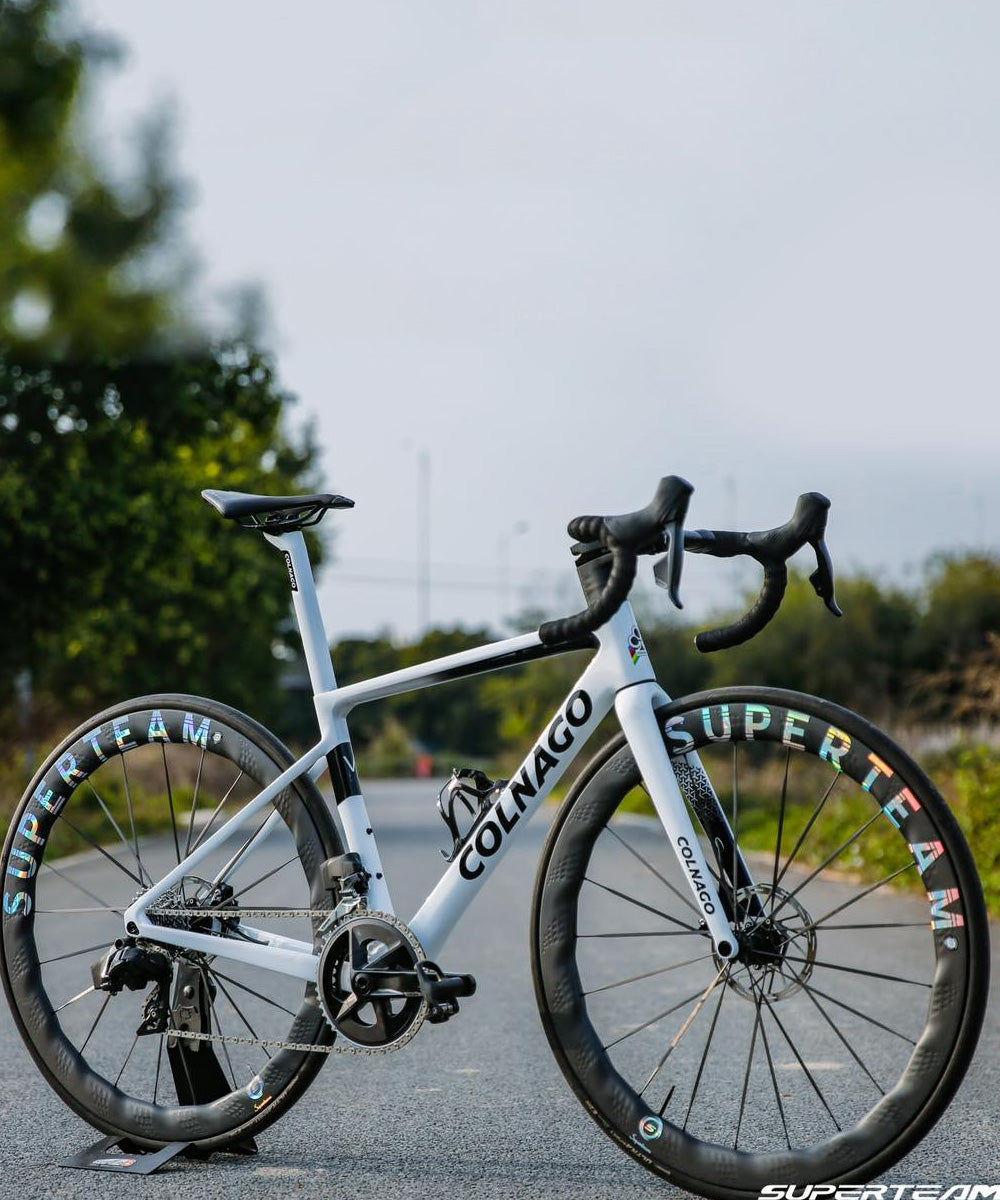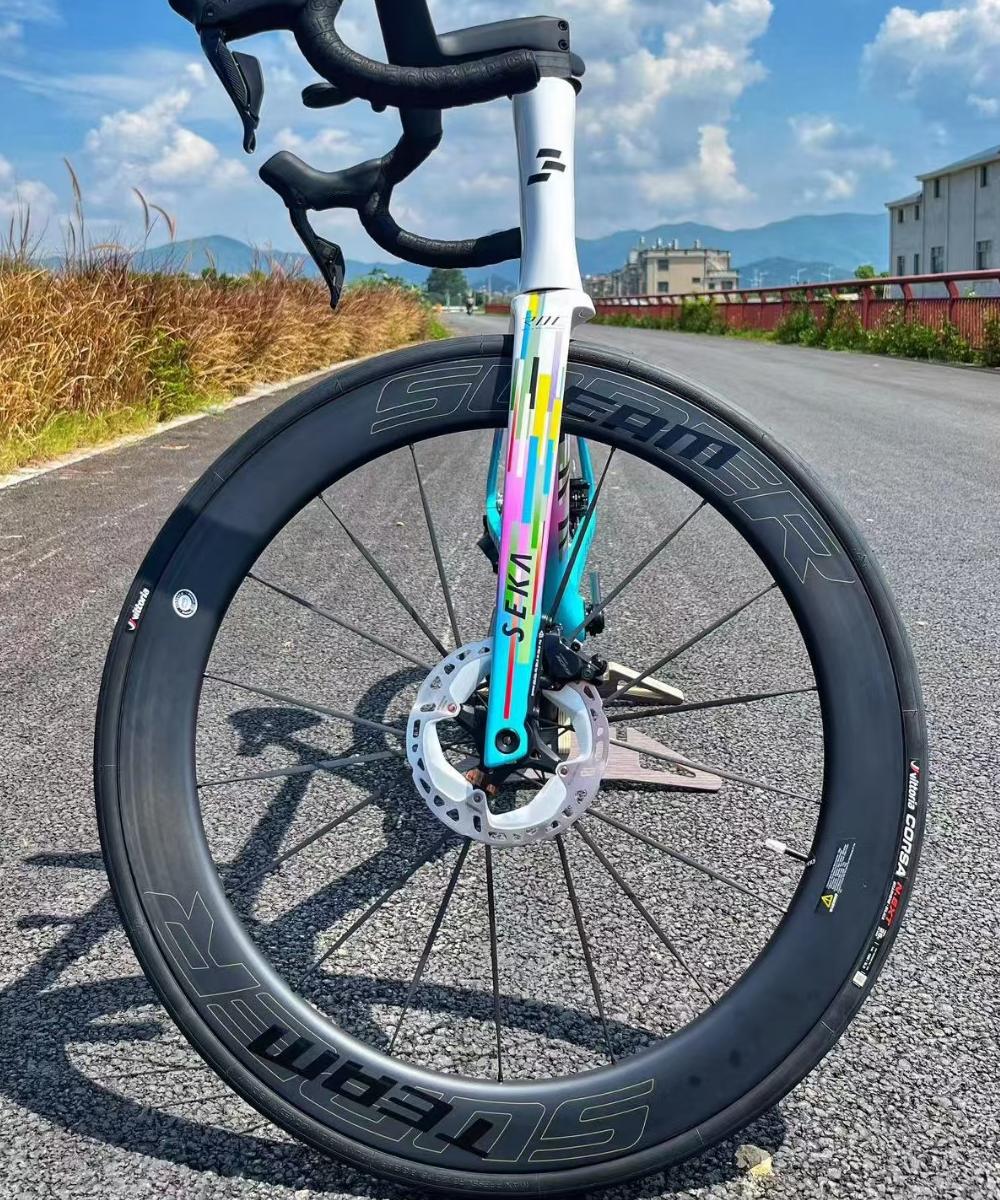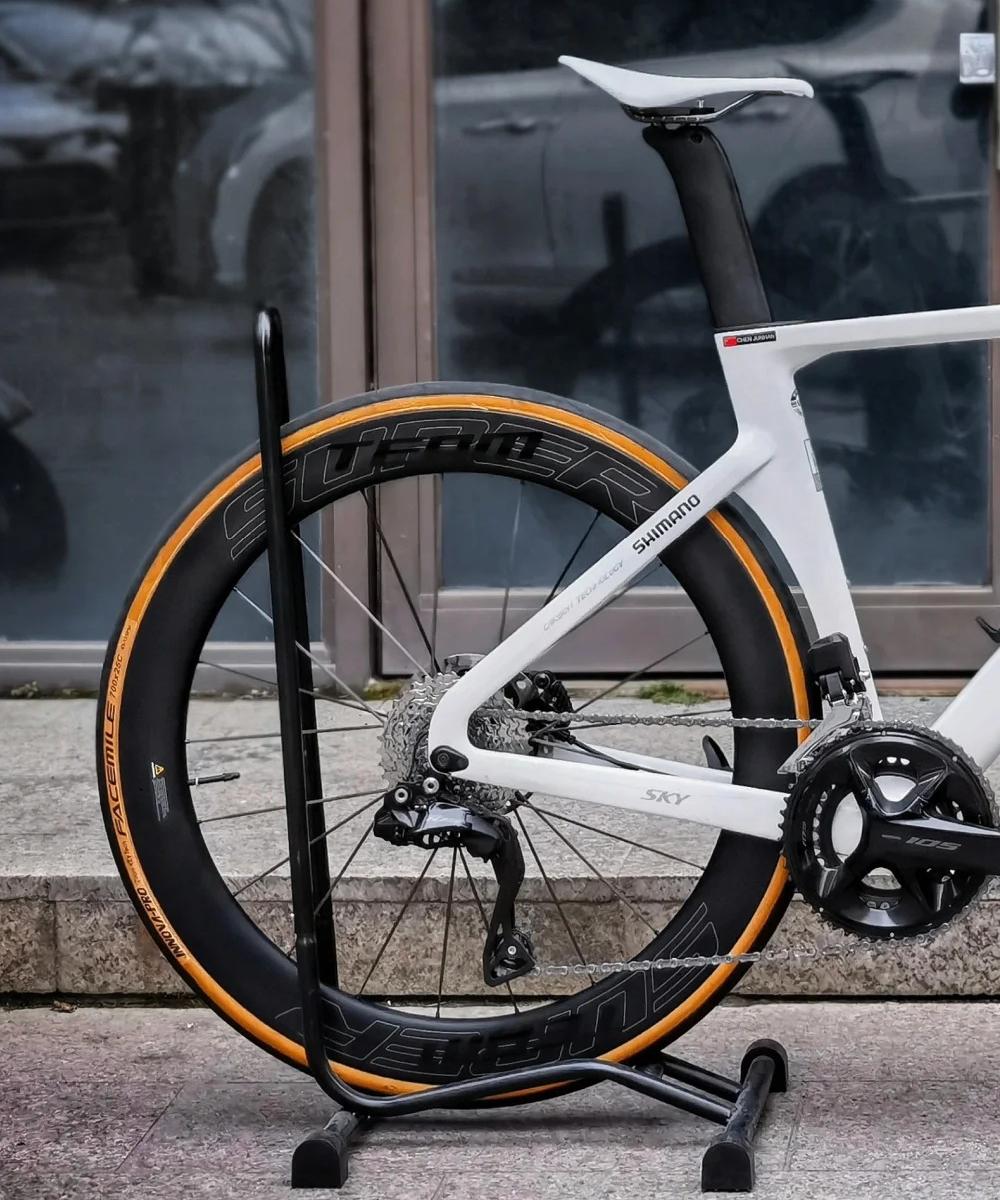Bearing Lubrication Choices: Ceramic Oil vs Grease in Cycling Hubs
Introduction
The performance of a wheelset often gets boiled down to aerodynamics, stiffness, and weight. Yet hidden inside the hub lies a subtle but critical detail that directly influences speed, smoothness, and durability: bearing lubrication. Cyclists are increasingly faced with two options when it comes to high-performance hub bearings—ceramic oil lubrication and traditional grease. Each has its own set of advantages and compromises, and understanding them can help riders make smarter maintenance and equipment choices.
The Role of Lubrication in Bearings
Bearings rely on a thin film of lubricant between rolling elements (balls) and races to:
Reduce friction between surfaces.
Protect against corrosion and contamination.
Dissipate heat generated during rotation.
Extend service life by minimizing wear.
Without proper lubrication, even the highest-quality ceramic or steel bearings will degrade rapidly.
Ceramic Oil: The Speed-Oriented Option
Characteristics:
Low-viscosity liquid that coats bearing surfaces with a thin protective layer.
Typically marketed as “race-day” lubrication for ceramic bearings.
Advantages:
Ultra-low friction: Allows bearings to spin with minimal resistance, maximizing efficiency.
Smooth feel: Creates that sought-after “free-spinning” sensation in high-end hubs.
Quick responsiveness: Ideal for sprinting, time trials, and race-day scenarios.
Disadvantages:
Short lifespan: Oil can wash out easily, requiring frequent reapplication.
Poor contamination resistance: Dirt, grit, and water penetrate more easily without the sealing effect of grease.
Higher maintenance demand: Riders must clean and relube often, especially in wet or dusty conditions.
Grease: The All-Rounder
Characteristics:
Thicker, semi-solid lubricant that stays in place within the bearing housing.
Advantages:
Durability: Provides long-lasting protection against wear.
Contamination resistance: Seals out dirt and moisture better than oil.
Low maintenance: Requires far less frequent servicing, making it ideal for everyday use.
Versatility: Works reliably across varied climates and conditions.
Disadvantages
Higher friction: Even high-quality grease creates more drag than ceramic oil.
Slower feel: Hubs may not spin as freely in the stand compared to oil-lubed setups.
Which Should You Choose?
For Racing and Maximum Speed:
Ceramic oil is best suited for riders chasing every watt in short, high-stakes efforts.
Expect to clean and re-lube bearings often, especially if riding in mixed conditions.
For Training and Everyday Riding:
Grease provides consistent, worry-free performance with excellent longevity.
Especially recommended for gravel, endurance, or wet-weather riding.
Hybrid Approaches:
Some riders opt for light grease or oil-infused grease formulations, aiming to balance smoothness and durability.
Conclusion
The choice between ceramic oil and grease in cycling hubs reflects a classic trade-off: maximum efficiency vs. long-term protection. Ceramic oil delivers unparalleled smoothness and speed, but at the cost of frequent maintenance and reduced durability. Grease, on the other hand, offers resilience and reliability, making it the smarter choice for most riders outside of race-day scenarios. Ultimately, your riding style, conditions, and willingness to service hubs regularly should guide your decision.




